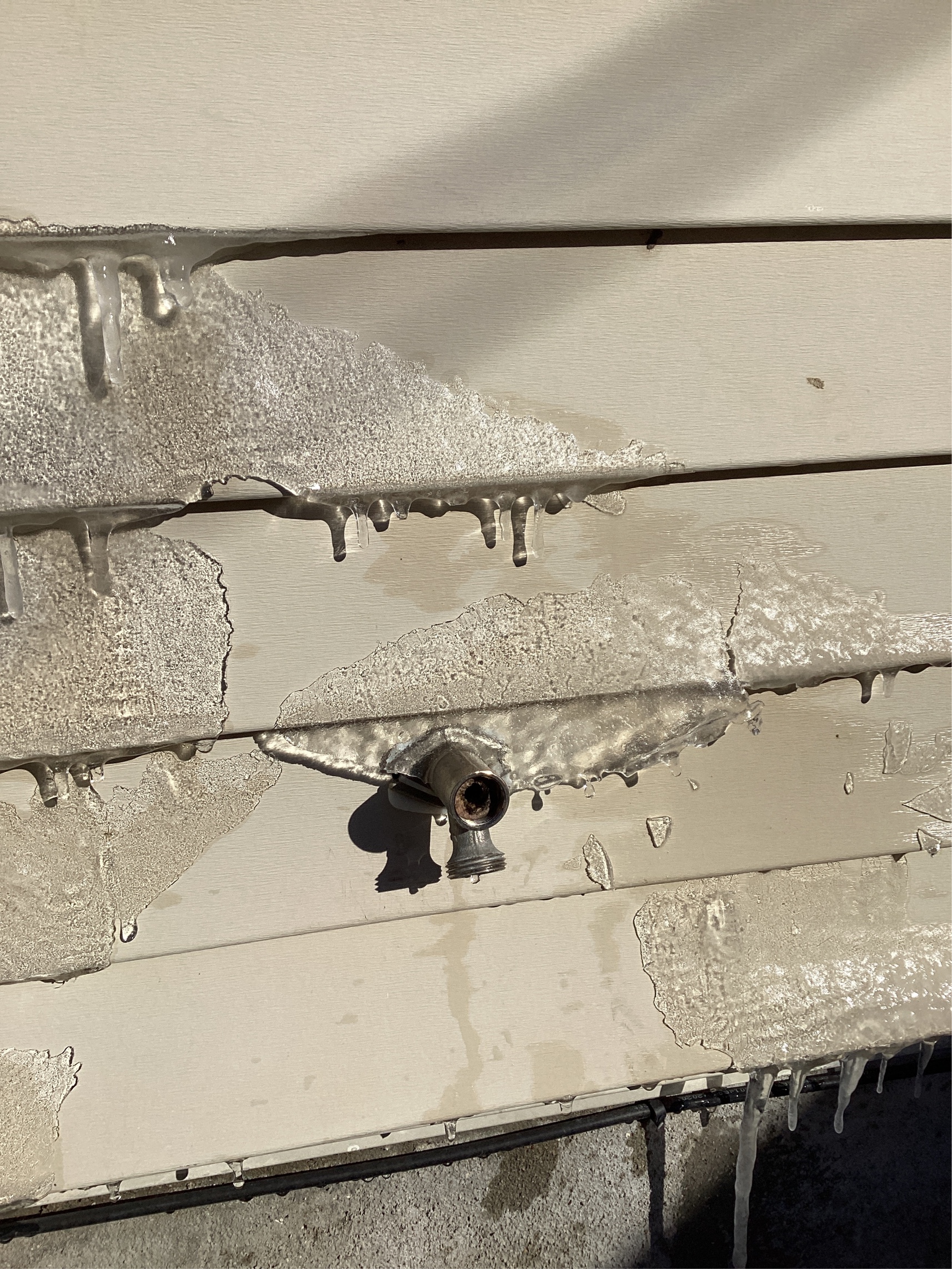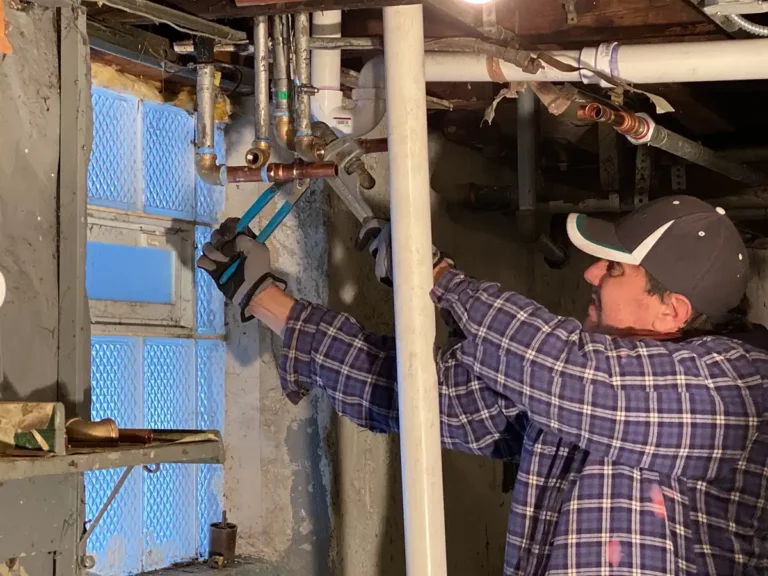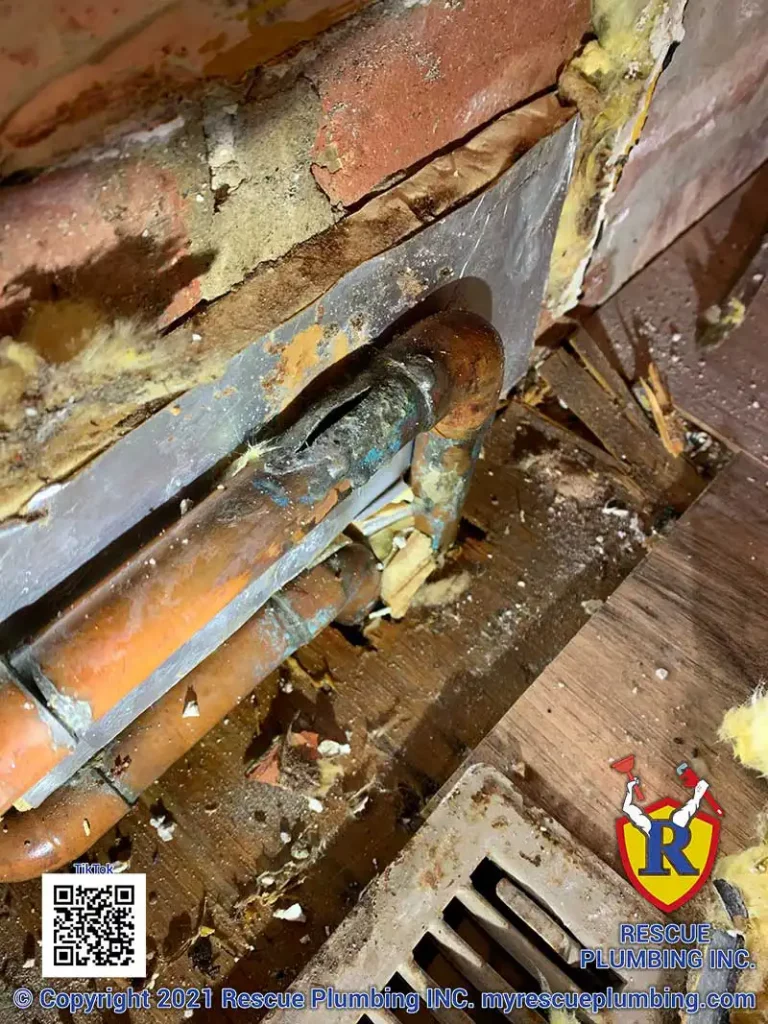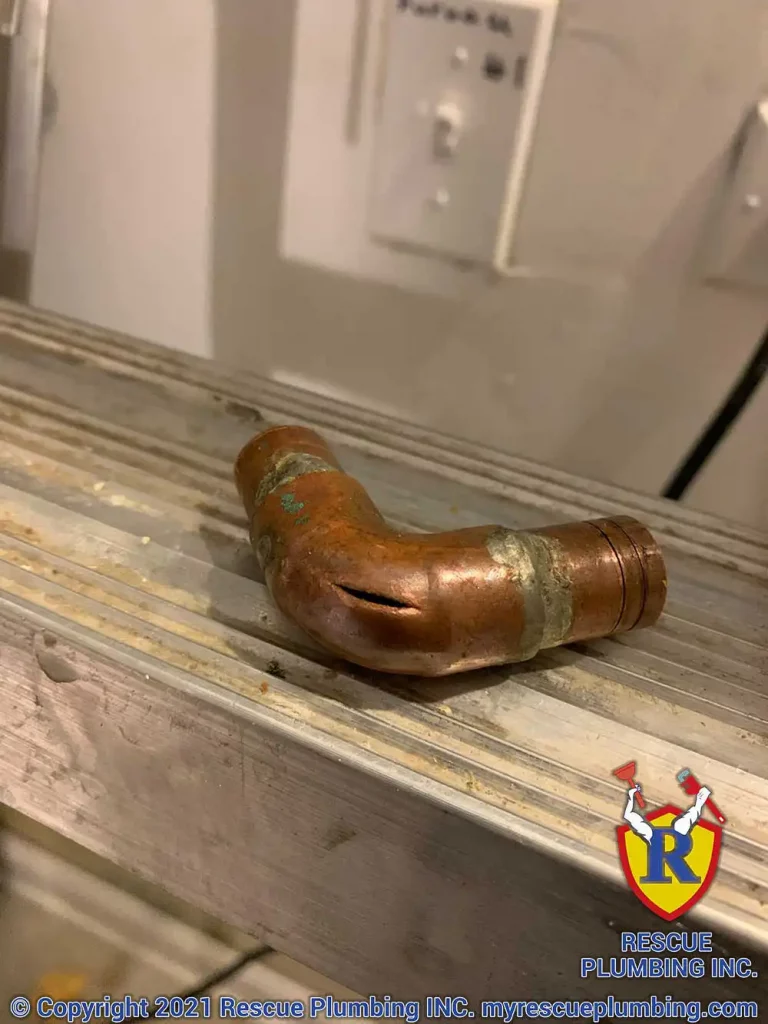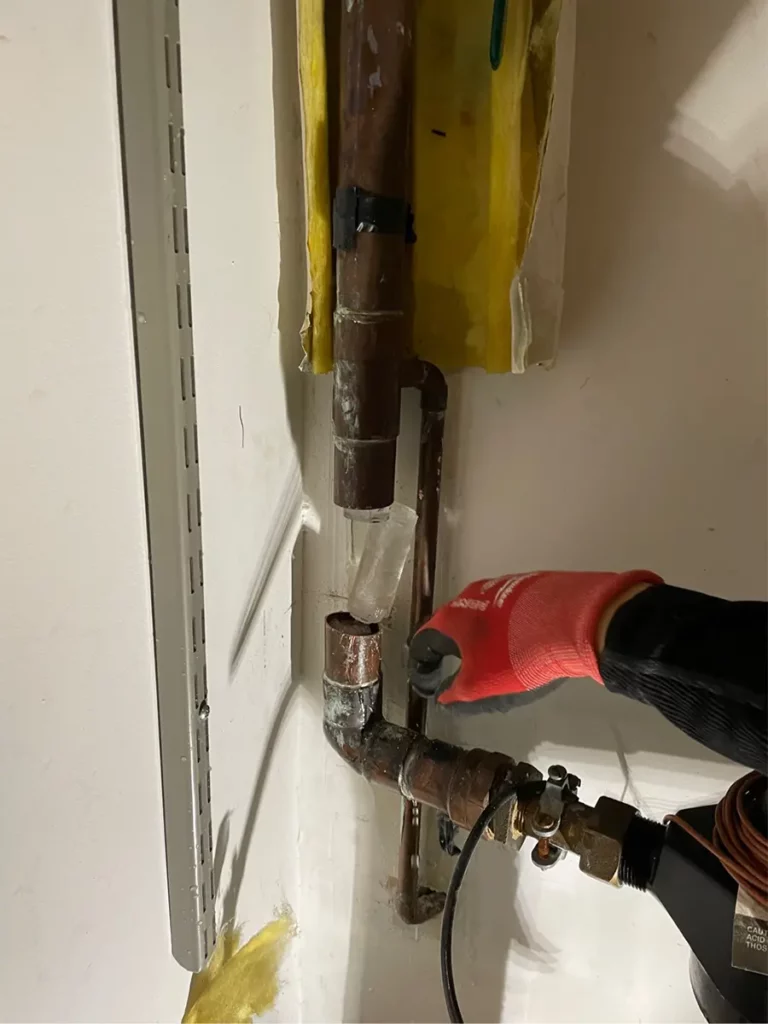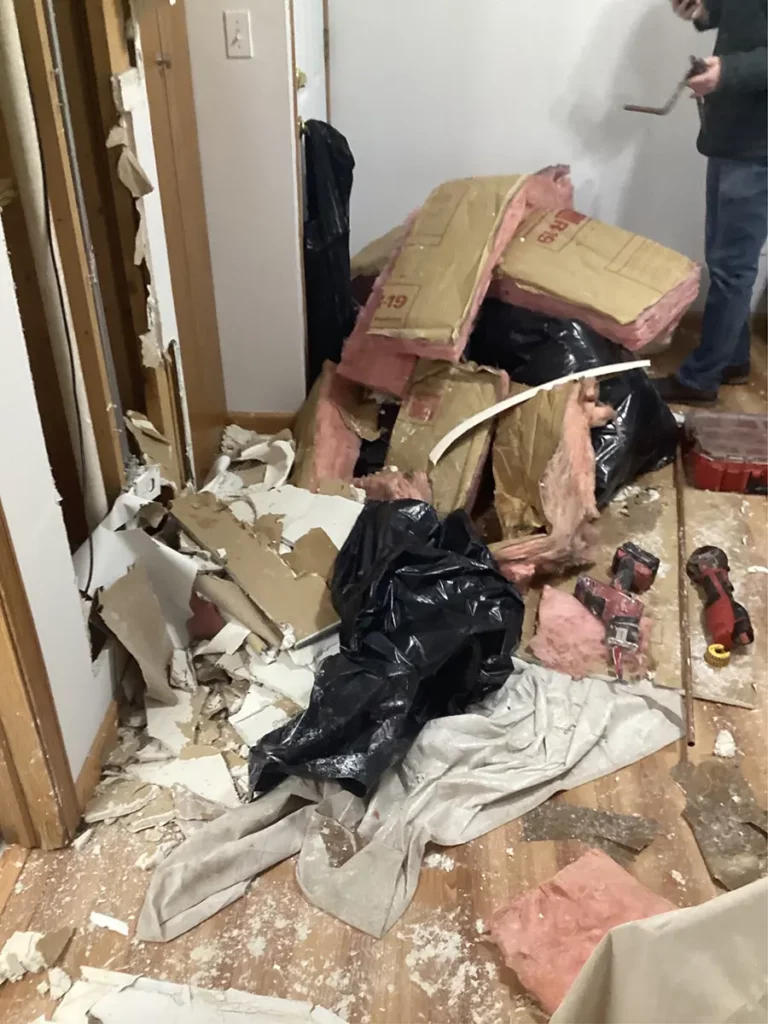The Ultimate Guide to Plumbing Winterization: Prevent Frozen Pipes and Protect Your Home
Imagine waking up on a cold winter morning only to find your pipes have frozen and burst, causing significant water damage to your home. This nightmare scenario can be avoided by taking the necessary steps to winterize your plumbing system, also known as plumbing winterization. In this guide, we’ll walk you through the essential steps to protect your home from freezing temperatures and potential damage through plumbing winterization.
Key Takeaways
- Winterizing plumbing is essential to prevent frozen pipes and water damage in cold climates.
- Follow tips such as retrofitting faucets, disconnecting hoses, shutting off water, and draining pipes for plumbing winterization.
- Professional services provide the necessary equipment and expertise to ensure your plumbing system is adequately prepared for extreme temperatures.
The Importance of Plumbing Winterization
When you winterize your plumbing, you’re preparing your home’s interior and exterior plumbing to withstand extreme cold temperatures, preventing potential pipe bursts and leaks. Winterizing plumbing is a necessary step to prevent frozen pipes and water damage in cold climates. By taking the time to insulate pipes, particularly those running through uninsulated locations and external walls, you can help prevent the surrounding cold temperatures from freezing the water inside uninsulated pipes.
Damage to uninsulated pipes can occur during freezing temperatures when water expands as it transitions to ice, resulting in increased pressure within the pipes and results in leaks and burst pipes. Insulating your plumbing pipes can help avert such issues.
Preventing Burst Plumbing Pipes
Frozen plumbing pipes can lead to fractures or bursts, resulting in significant damage to your home and its value. Pipes located in exterior walls, and unheated areas such as basements, attics, crawlspaces, and garages are particularly vulnerable to pipe bursts.
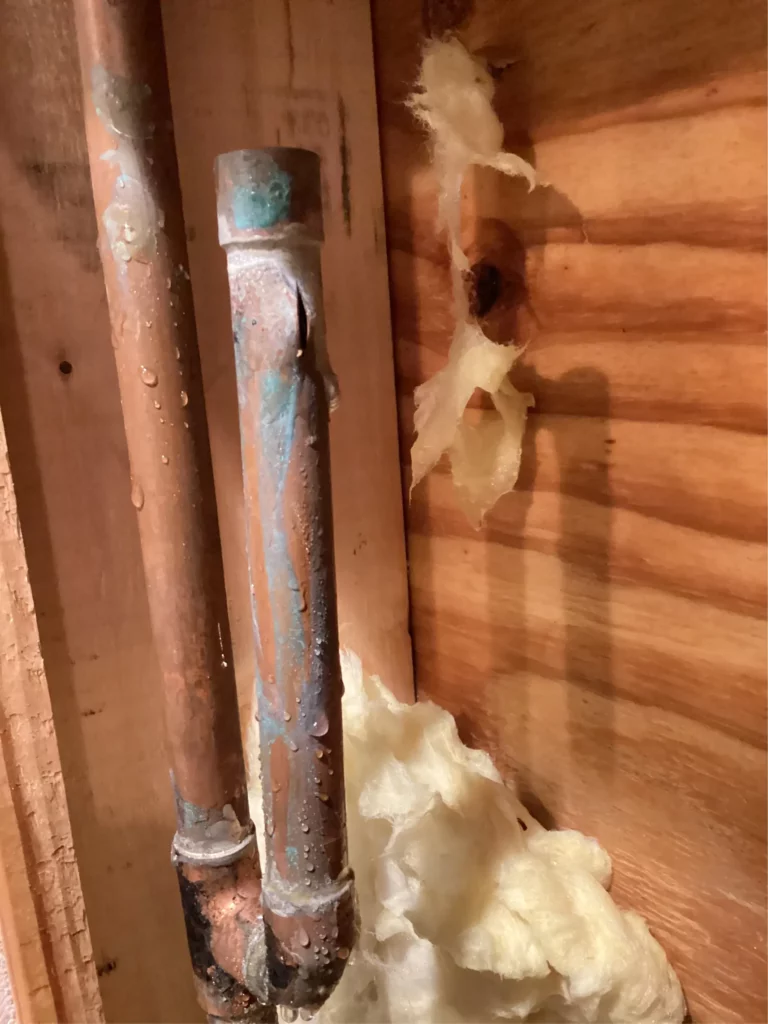
To prevent freezing pipes, follow these steps:
- Identify vulnerable pipes
- Inspect for cracks or openings in walls, floors, and ceilings
- Seal any gaps found with caulk or spray foam insulation
- Ensure sufficient insulation and protection to avert freezing and possible damage to your plumbing system
Process of Protecting Your Home’s Value
Appropriate winterization of your plumbing system is key to preserving your home’s value. Inadequate winterization can lead to a variety of damages, such as structural damage, ruined floors and exterior walls, and damaged plumbing. Not winterizing your plumbing system can also have severe financial implications, as you may be held financially responsible for water damage and any repairs needed, and may even void your insurance coverage.
Preemptively winterizing your plumbing system ahead of sub-freezing temperatures can help avoid burst pipes and water damage to protect your home’s value.
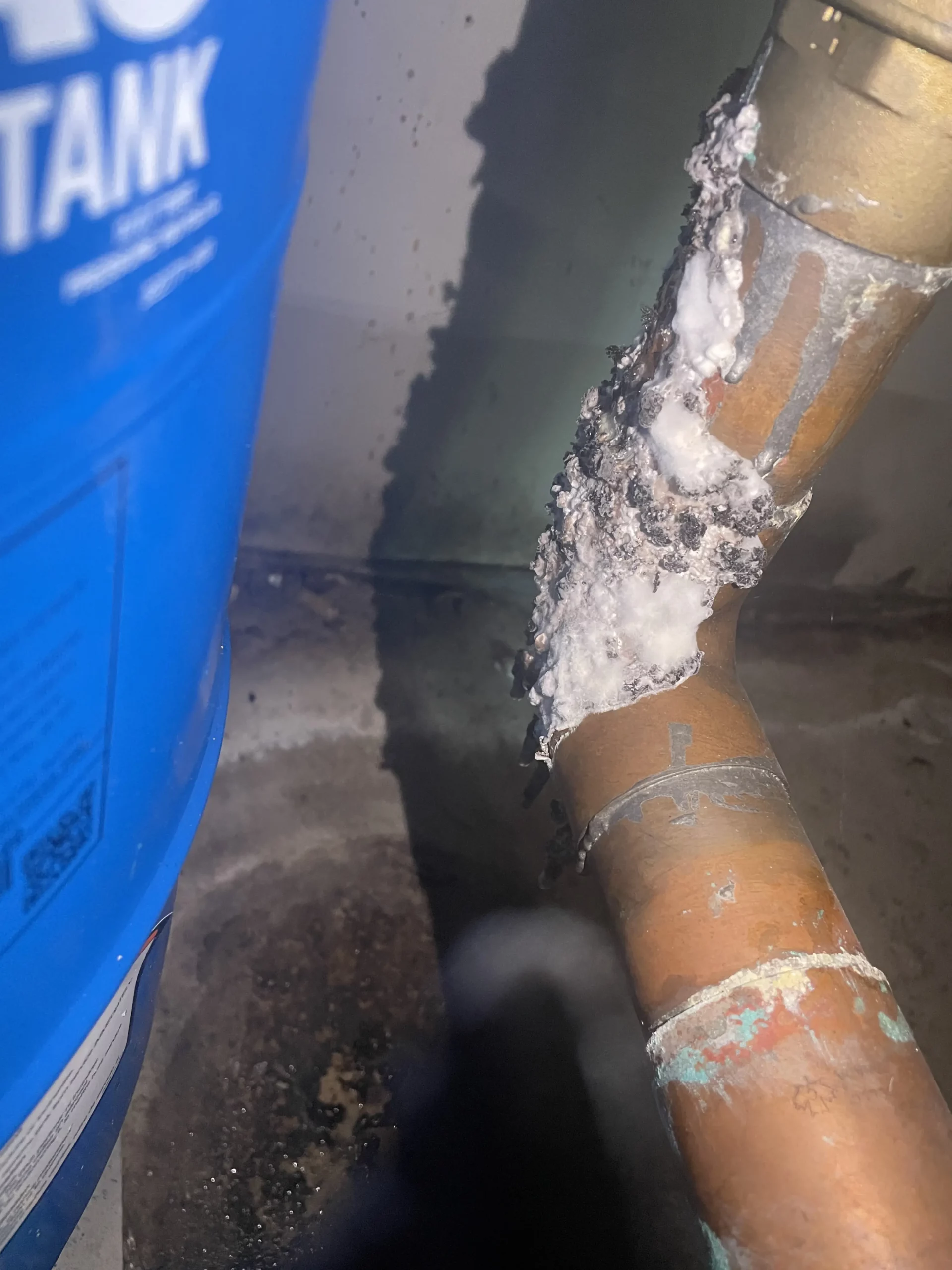
If your home or business experiences water damage, contact our sister company, Rescue Restoration, for immediate assistance. Their team of experts specializes in water damage restoration and can help mitigate any potential damages caused by frozen or burst pipes.
With proper winterization, you can avoid costly repairs and replacements, ensuring the integrity of your plumbing system throughout the winter months.
Outdoor Plumbing Winterization Tips
Winterizing outdoor plumbing is just as important as protecting your indoor plumbing. Outdoor plumbing winterization tips include:
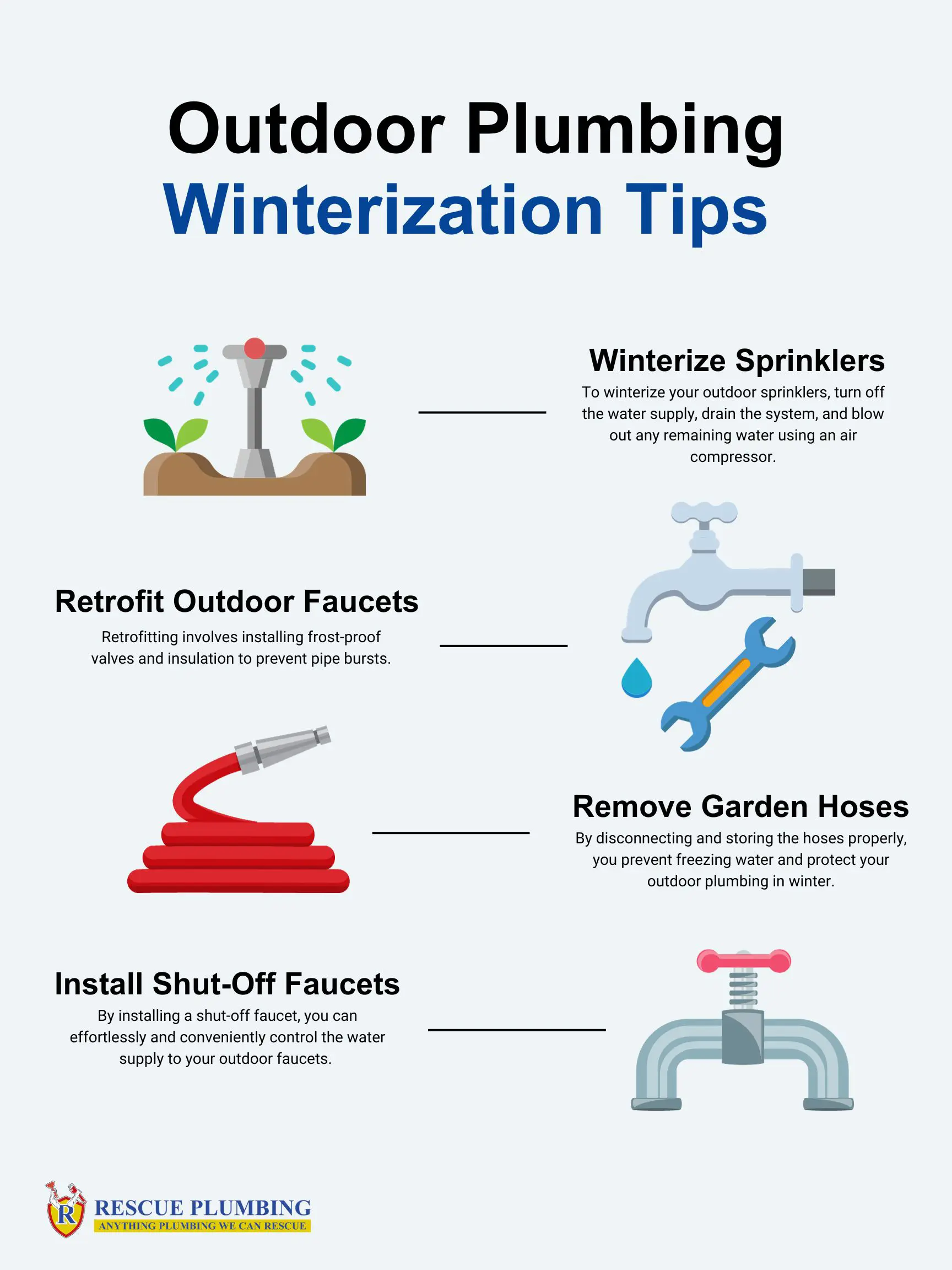
Install Shut Off Faucet to Prevent Freezing
If your faucet has burst before, setting up a shut-off faucet on your water line leading to outdoor faucets can help avoid freezing. To install a shut-off faucet, follow these steps:
- Locate and turn off the water supply to the faucet.
- Connect the shut-off faucet to the outdoor faucet.
- A shut-off for your faucet allows you to turn off the water supply, preventing water from sitting in the pipes and freezing during cold temperatures.
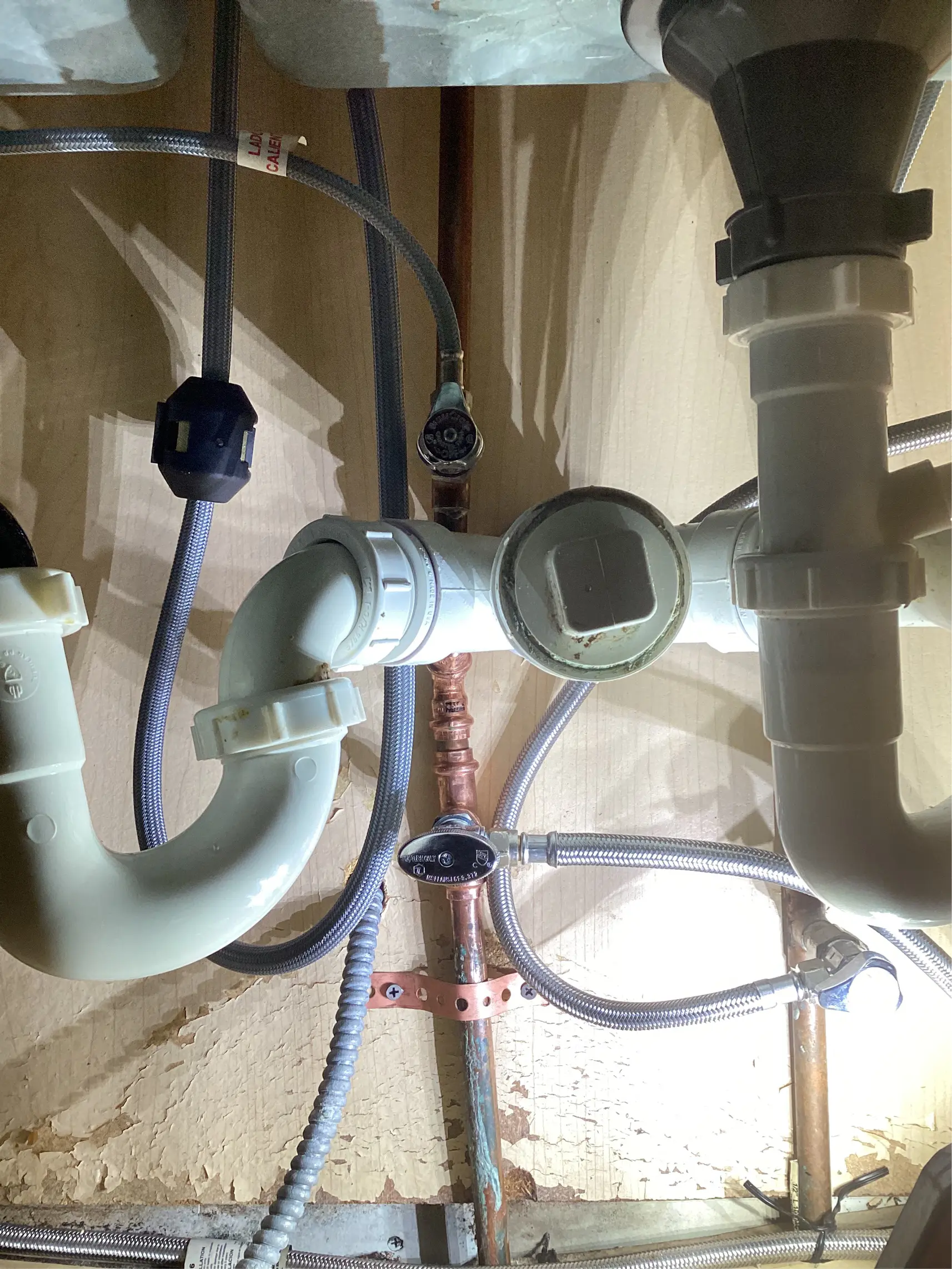
Using insulated outdoor faucet covers is recommended for insulation and protection, as frost-proof faucets can still freeze if the property is not properly insulated. Installing a shut-off faucet can help protect your outdoor faucets and prevent damage from freezing.
Winterize Sprinkler System
To winterize a sprinkler system, follow these steps:
- Shut off the main water supply
- Turn off the backflow preventer
- Open the manual valves at the ends and low points of the piping to allow the water to drain out.
- Tap into a ball valve or boiler drain near the pump
- Drain any remaining water in the system by opening a tap or valve
It’s important to winterize your sprinkler system to protect it from freezing temperatures and potential damage. If you are unsure about how to winterize your sprinkler system, it’s best to contact us to help you with the process.
Shut Off Water and Drain Pipes
Closing the water supply and draining pipes is a significant step in the winterization of your home’s plumbing system. There are three methods for turning off the water supply in your home:
- Turn off the internal shut-off valve located underneath your faucet.
- Locate the main shut-off valve in your basement.
- Contact Rescue Plumbing to shut off the main water supply from outside your home.
Once the main water valve is turned off, open all faucets in the house and allow the water to run out. Then, flush all toilets in the house until all the water has been fully drained.
A crucial part to the winterizing process involves emptying all pipes of water. By draining water from pipes, you can prevent freezing and potential damage during winter months.
To eliminate residual water from toilets, toilet tanks, traps, and other areas, a sponge or towel can be used to absorb the water. This ensures that no water remains in your plumbing system, including the crawl space, and reduces the risk of freezing and bursting.
Disconnect Garden Hoses and Exterior Faucets
Disconnecting garden hoses and exterior faucets is necessary to prevent freezing and potential damage. To winterize garden hoses, follow these steps:
- Switch off the outdoor water spigot.
- Disconnect the hose entirely.
- Press down on the spray nozzle to release water pressure before detaching the nozzle.
- Store the hose for the winter season.
Failing to disconnect garden hoses and exterior faucets before winter can lead to:
Disconnecting your garden hose and exterior faucets before winter is a necessary measure to prevent these problems.
Retrofitting Outdoor Water Faucets For Winterization
To winterize outdoor water faucets, begin by disconnecting any attached hoses. Next, locate and turn off the water supply to the faucet. Finally, ensure that all remaining water is drained from the faucet and pipes. By following these steps, you can effectively prepare your outdoor water system for the winter season.
Adding outdoor faucet covers is recommended for insulation and protection. Some tools necessary for retrofitting outdoor faucets include an adjustable wrench, tongue and groove pliers, and a cordless power drill.
Retrofitting outdoor water faucets helps prevent freezing and bursting, especially if the faucets have already experienced freezing and damage in the past. Following these steps can help safeguard your outdoor faucets and avoid expensive repairs.
Indoor Plumbing Winterization Tips
Indoor plumbing winterization is just as important as protecting your outdoor plumbing. Some essential indoor plumbing winterization tips include draining water from pipes, using compressed air to clear pipes, and handling P-traps with RV-antifreeze.
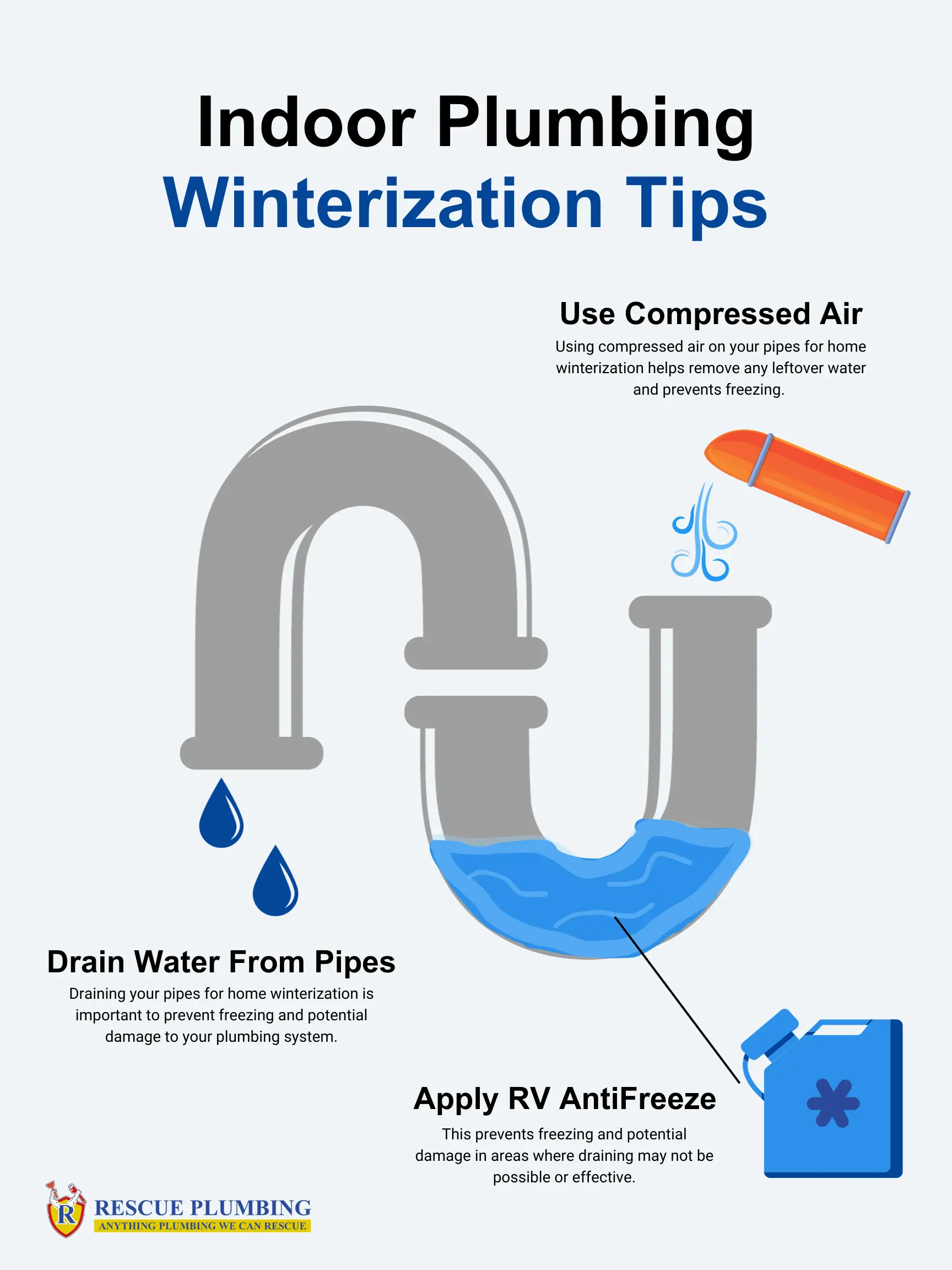
Draining Water From Pipes
Draining water from household plumbing is a key measure to avoid freezing and possible damage during the winter season. This can be done by following the same steps as winterizing outdoor faucets, but for all indoor fixtures such as sinks and toilets.
Use Compressed Air to Clear Water Pipes
Using compressed air to remove remaining water from pipes can help reduce the risk of freezing and bursting. Compressed air prevents pressure from accumulating inside the pipes, as it keeps the temperature of the pipes above freezing and avoids water freezing inside them. Additionally, the cold air dispensed from the compressed air further ensures the pipes will remain safe from freezing.
To use compressed air to clear water pipes, connect the air compressor to the pipe and blow out any residual water. This method helps ensure that no water remains in your plumbing system, reducing the risk of freezing and bursting.
Handling P-Traps and Using RV-AntiFreeze
P-traps are a vital component of your plumbing system, acting as a barrier to keep sewer gases from entering your home and preventing debris from clogging the pipes.
During winterization, it’s important to protect P-traps by removing or using RV-antifreeze to prevent damage. RV-antifreeze prevents the water inside the traps from solidifying, allowing for expansion without causing the P-trap to crack or burst.
By using RV-antifreeze in P-traps, you can ensure the proper functioning of your plumbing system and avoid potential damage caused by freezing temperatures.
Winterizing Vacant Homes
Winterizing vacant homes is essential to avoid water running through the pipes and resulting in severe damage to plumbing. Winterizing vacant homes involves shutting off the main water supply, draining pipes, and maintaining heat during winterization.
Shut Off Main Water Supply
Shutting off the main water supply to prevent water damage in vacant homes during winter months is a crucial step in winterization. The main water shut-off valve is usually situated on the water pipe just inside the building. Rotate the lever or knob in a clockwise direction to turn it off. This action will ensure that the device is switched off.
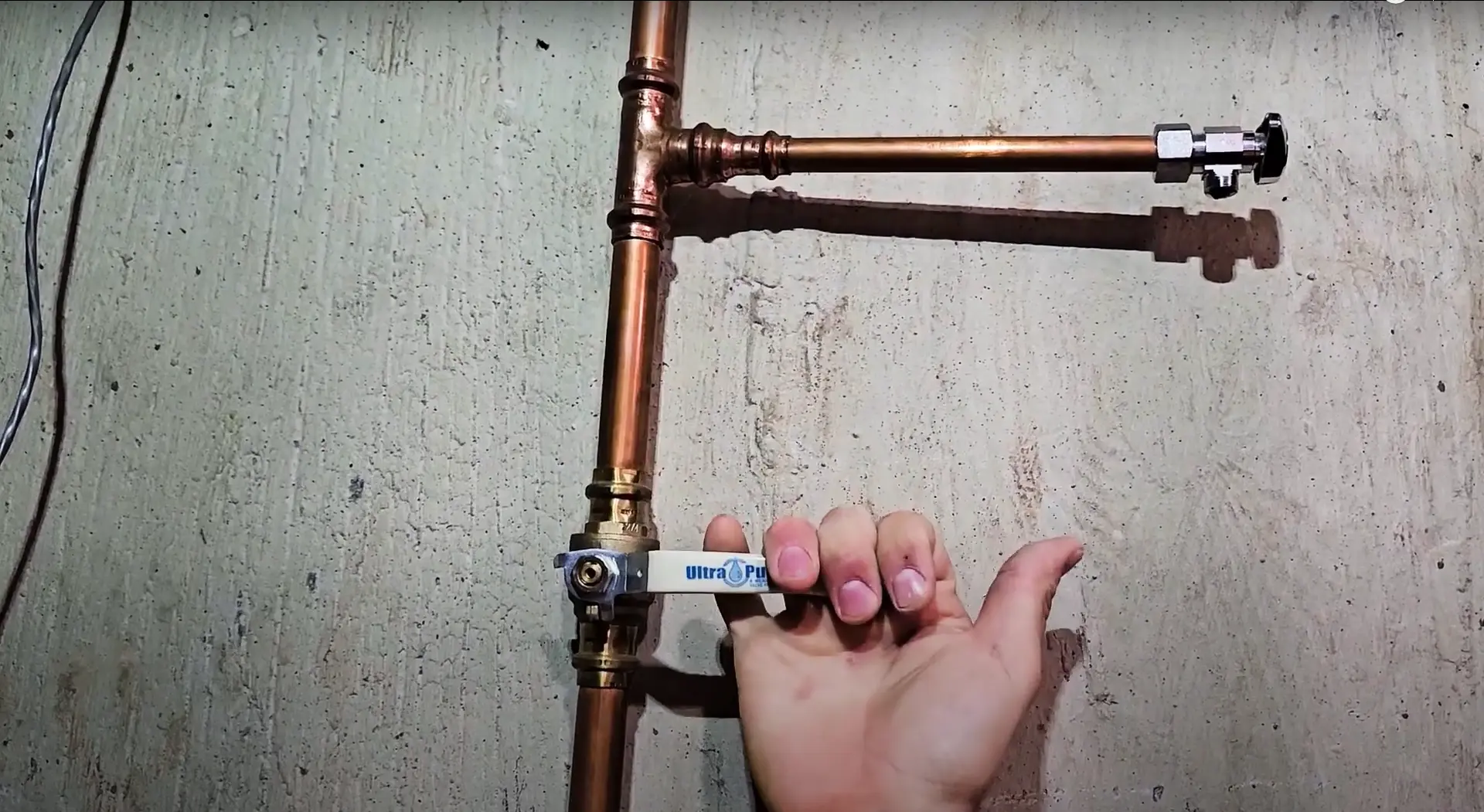
Closing the main water supply can stop water from flowing through the pipes, thereby preventing freezing and bursting.
Importance of Maintaining Heat During Winterization
Keeping the heat on at a low temperature during winter can prevent damage to plastic materials in the home. Maintaining a temperature of 55 to 60 degrees Fahrenheit for unoccupied homes during winter is advised. Low heat can help protect plastic materials in a home by preventing the plastic from becoming brittle.
To ensure a comfortable and safe living environment for tenants in the city of Chicago during the colder months, rental units are required to comply with the Chicago Heat Ordinance. From September 15th to June 1st, units must provide a minimum temperature of 66 to 68 degrees Fahrenheit. By adhering to this ordinance, tenants can enjoy a cozy and secure place to call home during the winter season.
Keeping some heat on during winter can help prevent damage to plastic materials in your home like pipes and fixtures, thereby maintaining the integrity of your plumbing system, hot water tank, and water heater throughout the winter season.
Professional Plumbing Winterization Services
If you’re unsure about how to properly winterize your plumbing system, it’s best to contact a professional plumbing winterization service like Rescue Plumbing. We can ensure your plumbing system is adequately prepared to withstand freezing temperatures.
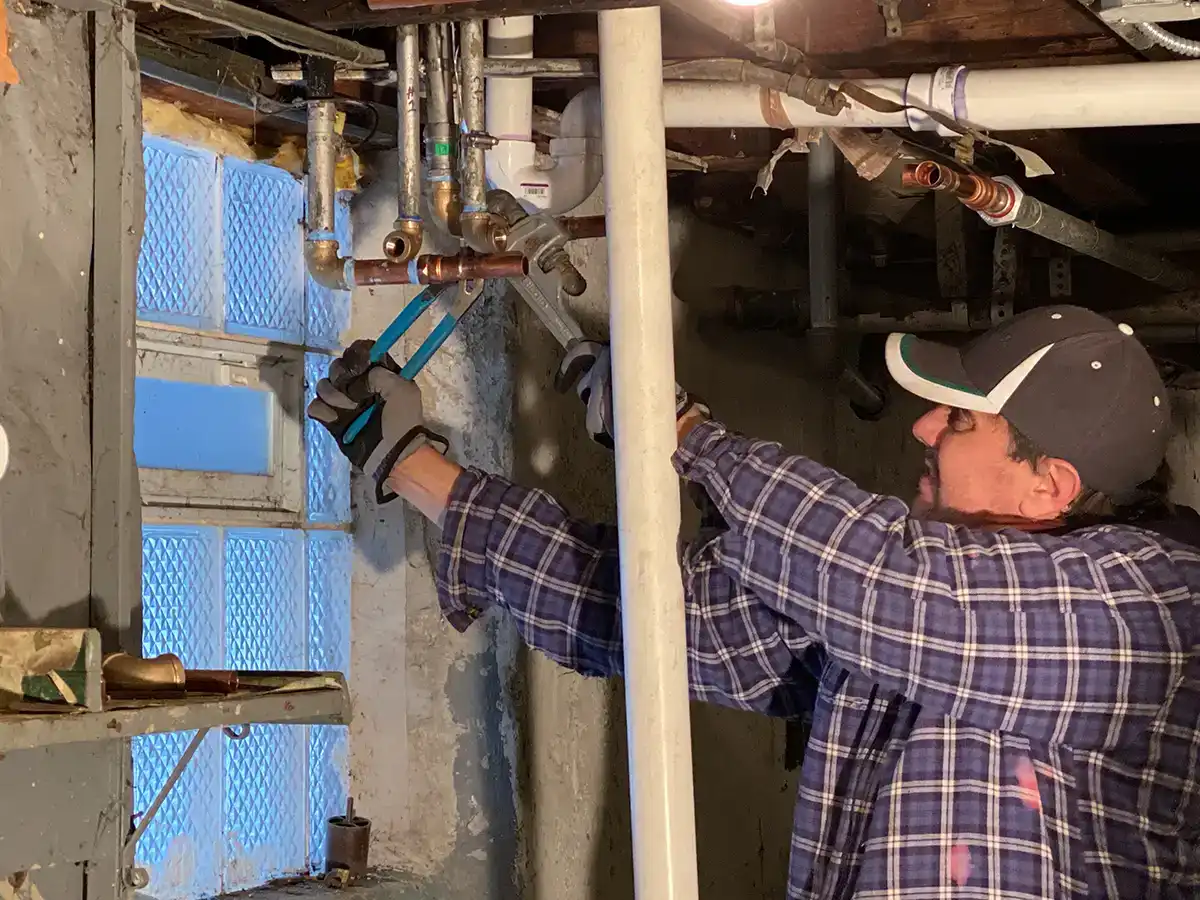
Hiring our trained professional plumbers for winterization gives you peace of mind, knowing your plumbing system is safeguarded against freezing temperatures and possible damage. Don’t risk costly repairs and replacements – contact our 24/7 plumbing services at 773-799-8848 to safeguard your home and its plumbing system.
Summary
Winterizing your plumbing system is an essential step in protecting your home from freezing temperatures and potential damage. By following the tips outlined in this guide, you can prevent freezing pipes, burst pipes, and water damage, ultimately maintaining your home’s value.
Remember, it’s always better to be proactive than to face costly repairs and replacements. So, take the necessary steps to winterize your plumbing system and enjoy a worry-free winter season.
FAQs

Samantha Irgang
Samantha Irgang is the Content Marketing Specialist at Rescue Marketing. She is responsible for developing and implementing strategies to create and distribute high-quality content that boosts engagement and drives sales.


